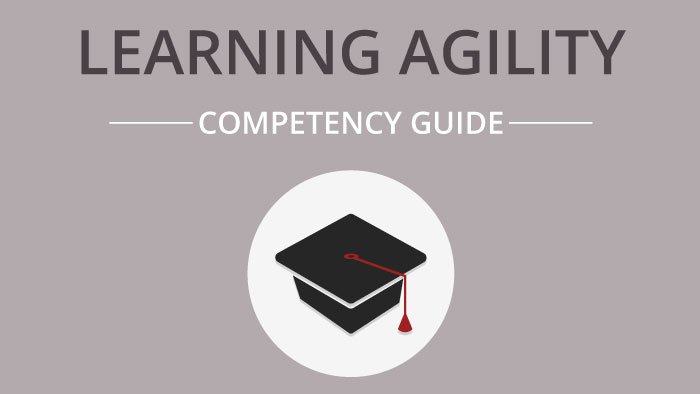
Many leaders today are increasingly concerned with skill gaps in their organizations. It seems to be more and more difficult to find talented people who have all the right qualifications to fill a job role. While that may very well be the case, it’s not productive or helpful to look at the skills gap as some huge barrier to your organization finding the right talent.
What is helpful is to reframe what your organization considers “the right talent.”
Are Your Talent Expectations Realistic?
In an article with the Harvard Business Review, James Besson says, “Why are skills sometimes hard to measure and to manage? Because new technologies frequently require specific new skills that schools don’t teach and that labor markets don’t supply. Since information technologies have radically changed much work over the last couple of decades, employers have had persistent difficulty finding workers who can make the most of these new technologies.”
It’s easy to look at a job role and see the technical skills that someone will need to succeed in that role, therefore that’s how job postings are often created.
However, with the rapid pace of change in technologies, having very specific technical skills as a requirement for people to even be considered can often be completely unrealistic and cause you to miss out on some highly talented candidates. The first step to finding the right talent is to place more value on the demonstration of their ability and willingness to learn than you do on their current skills.
If you’re looking at prospective employees’ resumes and current employees’ skill sets, don’t get discouraged when you don’t see exact matches to a combination of skills needed for a job role.
Competitive companies that outwit skill gaps look for and encourage a learning-oriented attitude in both their prospective and current employees.
Hire for Attitude, Train for Skills
While schooling does prepare people for the workforce through teaching technical skills, the greater value from education is in learning how to learn. Schools can’t be expected to teach employees to master all the technologies and equipment they’ll need on the job, because those things just change too fast. That kind of training is in the hands of your business.
“While on-the-job skills can be acquired, indispensable personality traits cannot.”
– Heather R. Huhman
The best way to fill skill gaps in your organization and simultaneously see improvements with other business challenges is by focusing your hiring practices on traits that signal an aptitude for learning. To understand how to spot learning agility and foster it in your teams, check out this guide:
Another way to think of recruiting is in terms of buying a house. When home buyers start the search, they often have a very specific list of “wants” in their new house, but the more specific the list, the less likely it is they’ll find one that matches that list.
Have you seen shows where buyers choose a house that needs some investment put into it, rather than one that’s move-in ready? When they can see the strong foundation and potential in the house, and put some investment into making improvements, they’ve often increased their equity and created a house that’s perfect for them. On top of the financial gains, the investment has helped build an emotional connection that turns a house into a home.
Now, no matter how much sentimental value a home holds, it will never be as valuable as a human being’s intrinsic worth. This analogy isn’t saying that you should look at training employees purely for the investment gain. Training is for their benefit just as much as the company’s benefit – the beauty of a training investment is that it creates a cycle of mutual benefit for employee and employer.
When you take on the mindset of hiring for attitude and inborn traits rather than a specific set of skills, filling roles becomes a lot less frustrating and a lot more exciting. Once those roles are filled with people ready to learn, you can focus on providing them with training that’s easily tailored to the skills they need to be successful in their roles.
Conduct a Skills Gap Analysis
To help your employees bridge the gap between what they already know and what you need them to know, do an analysis of where they stand on critical skills so you can take a focused approach to training.
Start with creating a competency assessment to figure out which skills are needed in each role. Once you have an assessment of necessary skills, you can create a competency map to set benchmarks for where an employee needs to be with each of those skills.
Next, you can have employees take a self-assessment and then have managers review it and observe those skills in action.
Between the assessment of employees’ current skills and the benchmarks of the competency map, you can determine where the skill gaps are and focus training on those areas.
Many companies seem to have fallen victim to the ominous skills gap – but only because they’ve found it’s easier to place blame somewhere than to look at what they can do to fix it. If your company is struggling with skill gaps, why not take responsibility for closing them yourself?
Online training is more economical and effective than ever, and it empowers your employees to look ahead and learn the skills they’ll need not just for today’s work, but for next year’s as well.


